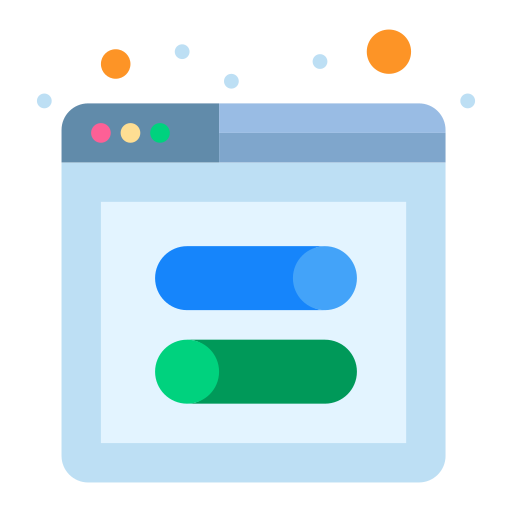
The internet is vast, complicated, and impossible to describe concisely. But as far as marketing efforts are concerned, it’s simple: it’s a series of funnels. Various advertising channels can be thought of as “funnels” that move customers towards making a purchase. Brands would do well to look at the internet, their social media pages, content, and website as a series of funnels within one larger funnel.
To take it a step further, every aspect of marketing is designed around this concept. Billboards, commercials, radio jingles, product placement: it’s all part of the funnel. Each of those examples also has its own objective to consider. It’s funnels all the way down.
The idea of a “funnel” as it applies to marketing is simple. Customers who are unaware (or vaguely aware) of a brand’s products or services are at the large opening of the funnel. Customers who have made a purchase (or however a brand wants to define a successful interaction) have moved through the funnel through two the other side.
The marketing funnel can be broken up into three segments: Lead Generation, Lead Nurturing, and Sales. Lead generation is simple: it’s the “Awareness” stage. This is the widest part of the funnel, and typically concerns marketing efforts with the most reach. This is where most potential customers are, and the goal is to move as many of them as possible further down the funnel.

Lead Nurturing encompasses “Interest” and “Consideration.” These are stages where potential customers may have shown an intent. For example, they added an item to a cart, or signed up for email updates. Marketing efforts that focus on customers in this section of the funnel include targeted emails and offers for a free trial.
The Sales segment includes “Intent,” “Evaluation,” and finally “Purchase.” Marketing efforts here are focused on in-depth education like demos and product comparisons. These are customers who need more information to commit to a purchase, especially in instances where there’s a significant investment of time or money.
It’s imperative to understand not just where a piece of content fits within the larger funnel, but also how that piece of content creates its own journey for buyers. For example, a well-designed website will bring users through in a specific way. The homepage will typically cast the widest net by grabbing attention and speaking to customers on an emotional level. Users are then funneled into more informative pages that will help them make a buying decision.

“I need website maintenance, right?” NO!
Fraser Marketing offers free website maintenance packages which keep your websites healthy, or give us a call if you have any queries about maintaining your WordPress website.
Social media posts should also act as miniature funnels. Images or videos must catch a users eye. Social media descriptions can be used to then take potential customers further on their purchasing journey. It bears repeating: everything is a funnel.
It’s this philosophy that allows for not just effective marketing content, but synergy between a brand’s distinct channels. Certain pieces of content are designed to introduce the brand, while others are remarketing efforts. If you’re looking for new ways to build marketing funnels for your brand, you can reach out to Fraser Marketing here.










